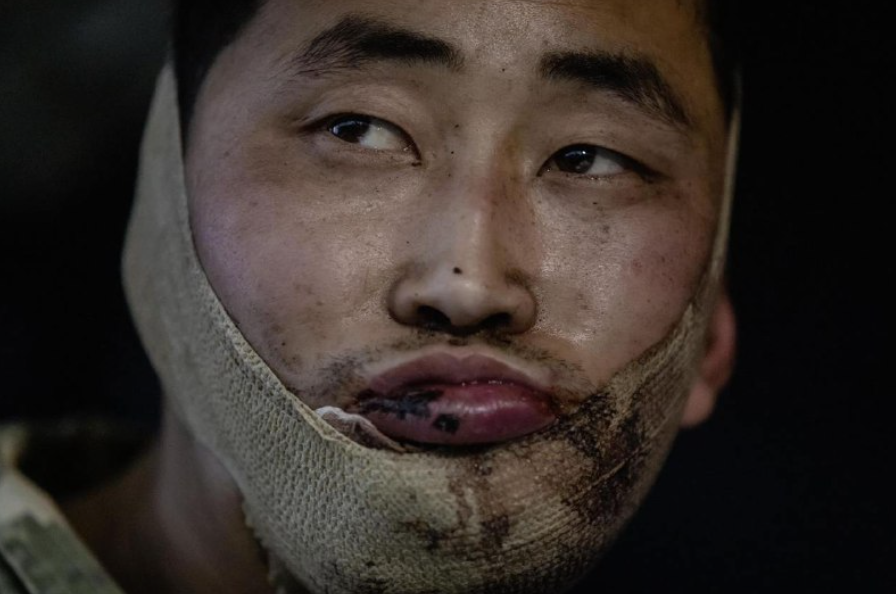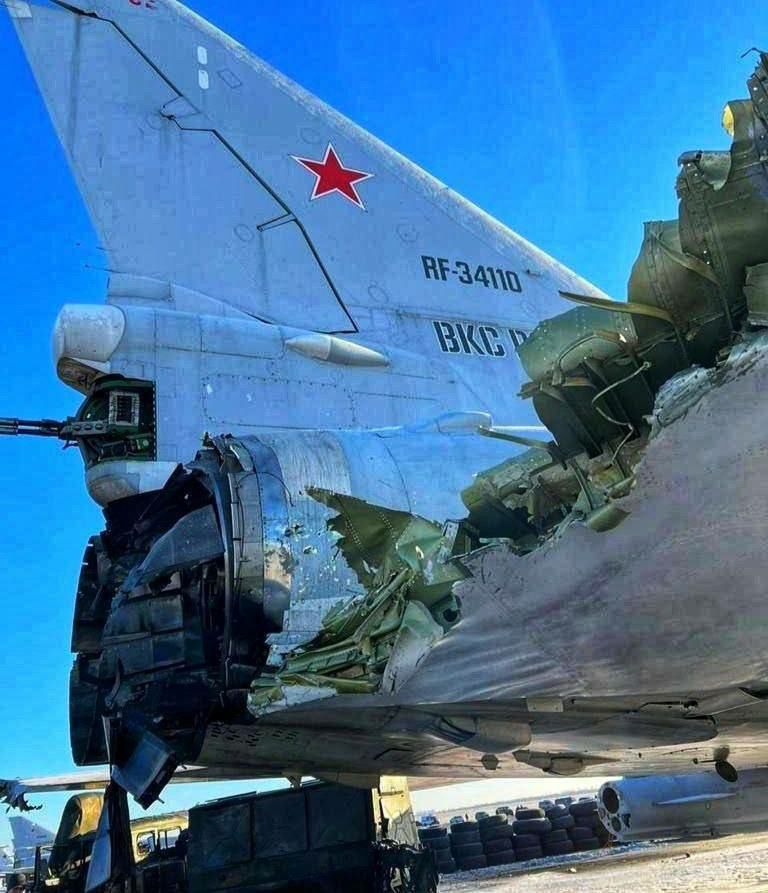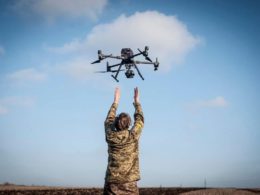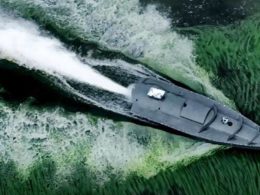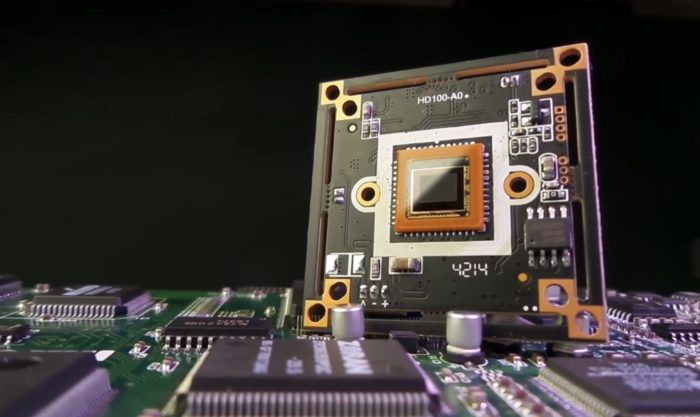Over the past few months, military analysts have been watching North Korea’s first foreign military deployment since the 1950s with growing interest. After sending elite troops to Ukraine’s battlefields, Pyongyang has pulled them back from the front lines—leaving behind heavy casualties and questions about what both Kim Jong Un and Vladimir Putin aimed to achieve.
The numbers tell a stark story: Of the 12,000 North Korean soldiers sent to Russia’s Kursk Oblast in late 2024, reports indicate nearly 40% have been killed or wounded. These special forces troops, despite their training, encountered an unfamiliar adversary in modern warfare: drones—a technology many had never seen before arriving in Ukraine.
As North Korean units move to rear positions, military analysts are examining the strategic implications of this unprecedented deployment. Euromaidan Press spoke with experts to understand whether Putin and Kim are achieving their objectives.
Who initiated this deployment?
The origins of North Korea’s military involvement in Ukraine remain contested. When North Korean troops first appeared in Russia, Western officials interpreted it as a sign of Moscow’s desperation for manpower. By December 2024, however, US intelligence suggested the deployment was Pyongyang’s initiative—though one that Putin readily embraced.
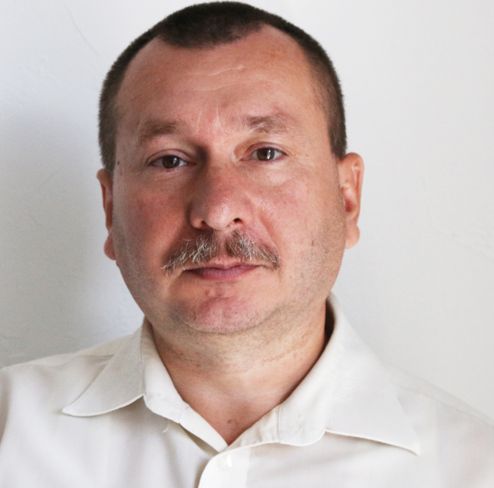
Military analysts remain divided on this question. Oleksandr Saienko, a defense expert at NAKO (Independent Anti-Corruption Commission) and former brigade commander, points to Russia’s acute personnel shortages as the likely catalyst.
“In Ukraine, we often discuss our mobilization challenges, but Russia faces equal, if not greater, difficulties. They simply lack the troops needed for their military objectives,” he told Euromaidan Press.
The arrangement appears to serve both nations’ interests. For North Korea, the Ukraine conflict offers unprecedented exposure to modern warfare, complete with advanced electronic systems and drone operations. For Russia, it provides badly needed combat personnel.
However, Matt Brazil, Research Fellow at the Jamestown Foundation and former US diplomat and military officer, sees the partnership as strategic calculation, not subordination.
“Whether this was Kim’s idea or Putin’s, I don’t think it means Kim Jong-un is simply following orders. Historically, North Korea has played a careful balancing act between Russia and China. This isn’t Putin directing Kim—it’s more likely a negotiated exchange involving money, technology, or both,” he explains.
North Koreans and Russians fight side by side—but not together
The deployment offers North Korea valuable experience in joint operations with Russian forces.
“This is crucial training—learning to operate alongside the Russian military system. In any future war, wherever it may be, they will already know how to fight alongside Russian forces,” explains Saienko.
However, integration has clear limits. According to Brazil, North Korean troops operate as distinct units under their own command structure—a deliberate strategy.
“This is a standard practice in military history. When integrating foreign troops, it’s normal to keep them within their own units to maintain what’s called unit cohesion. Soldiers perform better when they are surrounded by their own comrades,” he notes.
This separation goes beyond operational efficiency. Maintaining distinct units allows North Korean forces to preserve their cultural practices, familiar routines, and even their own supply chains—factors that significantly impact troop morale and combat effectiveness.
North Korean troops face the drone revolution
One of the most striking aspects of North Korea’s military involvement in Ukraine has been its soldiers’ exposure to modern warfare technologies—particularly drones. For troops from a highly isolated country where civilian drone use is virtually nonexistent, this was a completely new experience.
The contrast with Ukrainian forces is stark. In Ukraine, drones were already widely used before the war, from wedding photography to commercial applications. Since 2015, Ukraine has steadily integrated drones into military operations, while North Korean units are only now encountering these technologies in real combat conditions.
“For North Koreans, drones were purely theoretical until now. Seeing them in action has been revelatory,” Oleksandr Saienko notes.
This battlefield experience is likely to reshape North Korean military doctrine.
“Having experienced drone warfare firsthand, they’ll almost certainly develop their own drone capabilities,” says the Ukrainian analyst. “If they were able to develop the missiles that Russia is using against Ukraine, they can certainly procure or produce drones as well.”
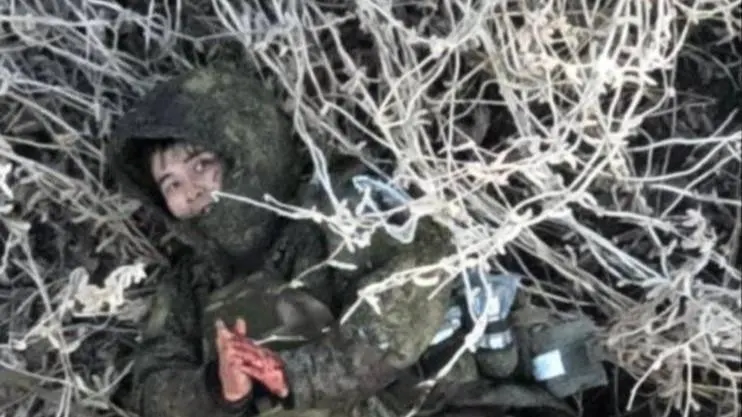
Yet, mastering drone countermeasures remains a formidable challenge, even for the most battle-hardened soldiers, says Matt Brazil.
“If you’re a rifleman in the field and you see a drone coming toward you, you’re dead—unless you can shoot it down with your rifle, which is highly unlikely,” he explains.
Did Putin and Kim achieve their goals?
The basic question is whether North Korean troops have helped Russia on the battlefield.
“No,” says Matt Brazil.

“Reports indicate they’re not performing successfully and are suffering heavy casualties. I’ve seen no evidence of significant battlefield gains,” the American expert notes.
A key concern emerging at the tactical level involves unit autonomy.
“Company commanders talk to each other,” Brazil says. “The question is whether North Korean officers will begin refusing reckless orders.”
This potential friction within the command structure could further complicate Russian operations.
However, Oleksandr Saienko offers a contrasting view, arguing that both Putin and Kim Jong-un have achieved their strategic objectives, making continued cooperation likely.
Putin’s gains:
- Reduced pressure to mobilize Russian citizens
- Minimized domestic social tensions
- Lower compensation costs for casualties.
“With 12,000 North Koreans deployed, that’s 12,000 fewer Russians needed at the front,” he notes.
Kim’s gains:
- Real-world testing of weapons supplied to Russia
- Valuable combat experience for forces
- Military modernization opportunities.
“Consider Ukraine’s military evolution since 2014,” Saienko explains. “An army without combat experience must learn painful lessons to become battle-hardened. There’s a vast difference between forces that have fought and those that haven’t.”
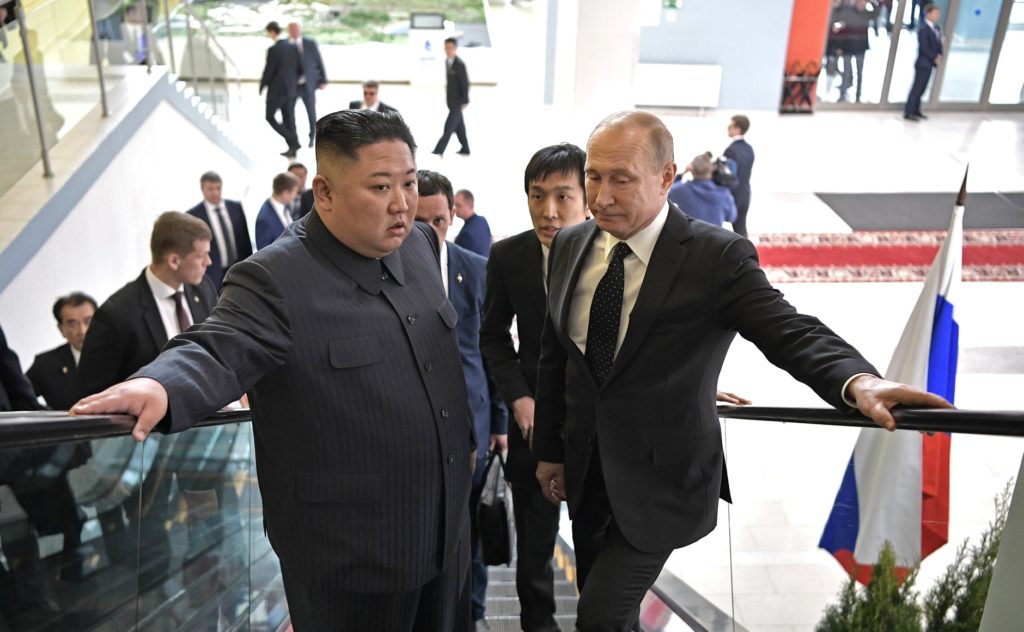
Brazil argues that reports suggesting Kim is so dissatisfied—or even shocked—by battlefield performance that he might permanently withdraw his troops miss the larger strategic picture. He emphasizes North Korea’s long-standing ability to manage its relationship with Russia carefully.
“North Korea’s founding leader Kim Il-sung expertly played China against Russia during the Sino-Soviet split in 1950s, a diplomatic skill his successors have maintained,” he says.
North Korea adjusts strategy for the next wave
North Korean military officials have likely been present in Kursk Oblast, carefully evaluating their troops’ combat performance. According to Oleksandr Saienko, this assessment serves multiple purposes: refining military training, adjusting cooperation terms with Russia, and potentially negotiating higher compensation for continued involvement.
North Korean forces casualties – up to 4,000 troops—is a number that Pyongyang’s leadership apparently doesn’t view as critical.
“When making strategic decisions like these, casualty numbers aren’t North Korea’s primary concern,” Saienko notes.
The current withdrawal from the battlefield appears to be a temporary “combat readiness restoration” phase. Units have been pulled back to:
- Rest and recover
- Replace personnel losses
- Integrate combat lessons learned.
“Fresh troops will arrive from North Korea soon,” Saienko explains. “Veterans will share their battlefield experience with new arrivals. While some may return home, most will stay to train reinforcements.”
He expects North Korean troops to return to the front lines within the next four to six weeks, though potentially in a different form.
“We will see North Korean forces again. Maybe not in the same numbers, and maybe in a different capacity, but they will be there,” the expert says.
Matt Brazil views the initial deployment as an experimental phase.
“The first wave essentially served as guinea pigs. Once they’ve analyzed the lessons learned and addressed key issues, they’ll send more troops,” he assesses.
Brazil draws a historical parallel to America’s gradual escalation in Vietnam.
“This mirrors how US involvement in Vietnam evolved from initial brigade-sized units to full divisions with established command structures,” the expert notes.
North Korea’s war experience could reshape Asia
The deployment of North Korean troops to Ukraine marks a significant development in East Asian geopolitics. According to Matt Brazil, while Russia and North Korea have formalized their military cooperation—”Each is now obligated to defend the other if invaded”—the emerging alliance structure remains complex.
The apparent coalition between Russia, China, Iran, and North Korea lacks historical precedent, as these nations have traditionally pursued divergent interests rather than alignment.
“It’s functioning now because China provides Russia support while securing cheap oil, and all share an interest in disrupting the existing international order,” Brazil explains. “But for the long term, I think it’s questionable whether they will be effective as allies.”
The effects are already showing. Oleksandr Saienko points out that North Korea’s real combat experience changes the power balance on the Korean Peninsula.
“Neither South Korea nor Japan has this level of wartime experience—with implications for the entire Pacific region,” he notes.
China might not be happy about these changes. As East Asia’s biggest power, Beijing might worry about Russia and North Korea getting too close.
“The emergence of another strong military player is not necessarily good news for China,” Saienko observes.
Russia seems to be using this partnership to gain more power in East Asia, maybe to balance against China. This could change who controls what in the region, including Siberia’s resources and influence across Asia.
Read more:
- Frontline report: Russia’s Kursk offensive crumbles as North Koreans pull back
- South Korea’s Intelligence confirms North Korean troops’ withdrawal from Kursk Oblast after heavy losses
- Zelenskyy says 4,000 North Korean troops killed in Kursk Oblast out of 12,000 deployed
- Kursk operation caused 40,000 Russian casualties in six months, Ukraine’s GenStaff says

